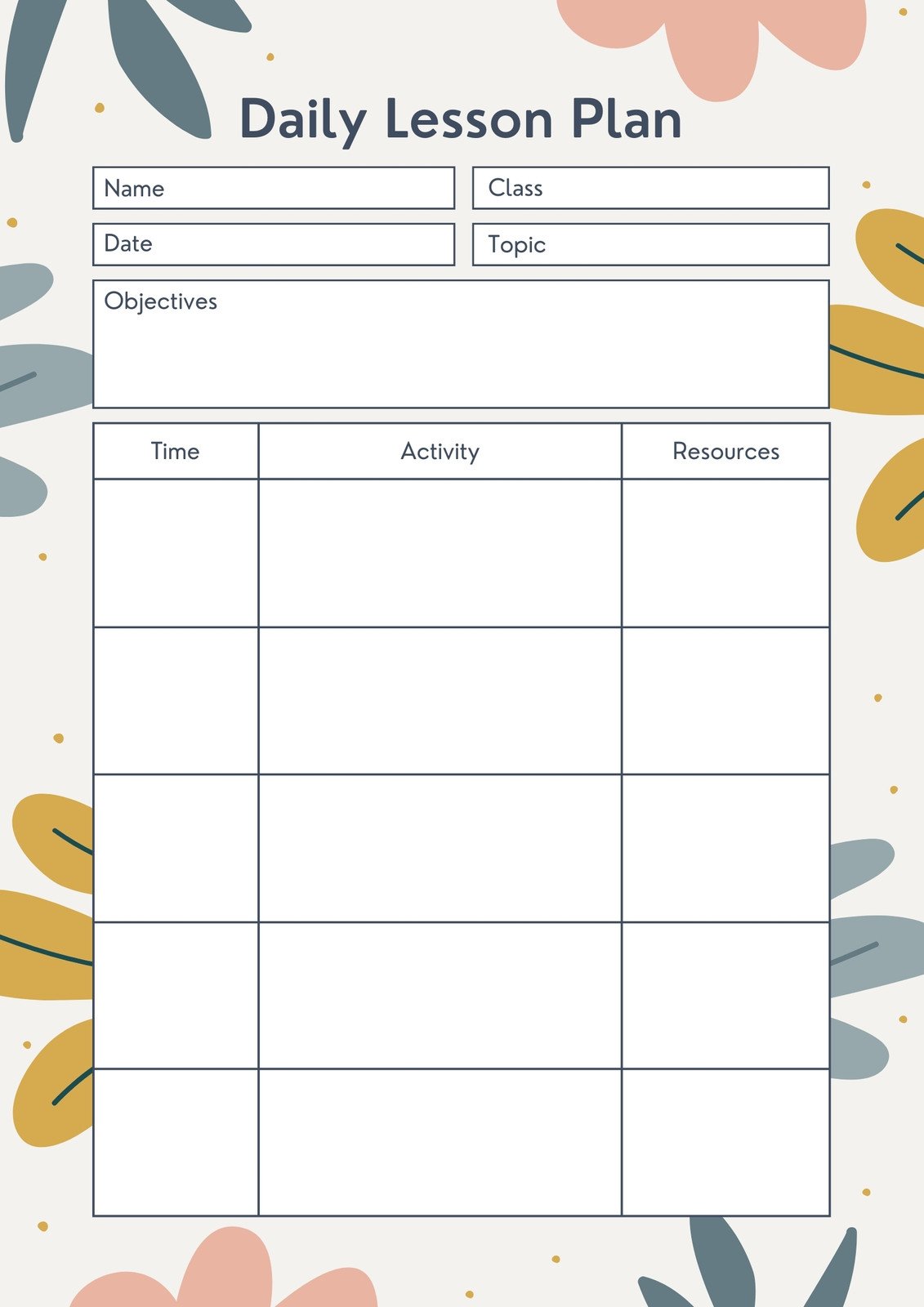Get MAISA Unit Plans! Printable Lessons
The term refers to a structured collection of educational resources designed for educators. It includes comprehensive instructional materials, intended to guide teachers through a specific subject or theme. These resources often consist of lesson plans, activities, assessments, and supplementary materials, readily available for immediate use.
The creation and dissemination of easily accessible teaching aids are valuable due to their potential to save educators time and effort in lesson preparation. These resources can provide structure and guidance, allowing teachers to focus on delivering instruction effectively and adapting materials to suit the diverse needs of their students. Their historical development reflects a growing emphasis on providing teachers with comprehensive, readily implementable resources to support quality instruction.
Subsequent sections will explore the components commonly found within these structured educational resources, the process of developing and implementing them effectively, and the potential impact on student learning outcomes.
Frequently Asked Questions
This section addresses common queries regarding structured educational resources designed for educators.
Question 1: What fundamental elements are typically included in these structured educational resources?
These resources commonly comprise detailed lesson plans, printable worksheets, assessments, answer keys, and supplemental materials like graphic organizers or reading passages.
Question 2: How can the effectiveness of these resources be evaluated?
Effectiveness can be measured through various methods, including student performance on assessments, observation of student engagement during activities, and teacher feedback regarding the resource’s usability and alignment with curriculum standards.
Question 3: Are these educational resources adaptable to different learning environments?
Many are designed with flexibility in mind, allowing for modifications to suit various classroom settings, learning styles, and student needs. However, the degree of adaptability varies depending on the specific resource.
Question 4: What are the potential benefits of utilizing these resources in the classroom?
Benefits may include reduced teacher preparation time, increased student engagement, improved learning outcomes, and enhanced consistency in instruction across different classrooms or schools.
Question 5: How do educators determine the appropriate grade level or subject area for a specific resource?
These resources typically include clear indications of the intended grade level and subject area. It is crucial to review the content and learning objectives to ensure alignment with the curriculum.
Question 6: What are some common challenges associated with implementing these resources?
Potential challenges may include the need for adaptation to meet specific student needs, the potential for over-reliance on pre-packaged materials, and the importance of ensuring alignment with curriculum standards.
In summary, structured educational resources can be a valuable tool for educators, but careful consideration should be given to their appropriateness, adaptability, and alignment with instructional goals.
The following section will delve into practical strategies for incorporating these resources into lesson planning and instructional delivery.
Implementation Strategies
This section offers guidance on the effective use of structured educational resources for educators.
Tip 1: Alignment with Curriculum Standards: Verify the resource’s learning objectives align with established curriculum standards. This ensures instructional coherence and addresses required content.
Tip 2: Adaptation for Student Needs: Modify the resource to address the diverse learning styles and needs within the classroom. Differentiation can include adjusting the complexity of tasks, providing scaffolding, or offering alternative assessment options.
Tip 3: Integration with Existing Lessons: Incorporate the resources strategically into existing lesson plans to enhance, not replace, established instructional practices. This allows for a blended approach that leverages the strengths of both pre-existing materials and the structured resources.
Tip 4: Strategic Use of Printable Materials: Employ the provided printable materials purposefully, selecting only those that directly support the learning objectives. Avoid overwhelming students with an excessive number of worksheets or activities.
Tip 5: Assessment for Learning: Utilize the assessment components of the resource to inform instructional decisions. Formative assessments can provide valuable feedback on student understanding and guide subsequent instruction.
Tip 6: Professional Development: Seek opportunities for professional development related to the effective implementation of structured educational resources. This can enhance understanding of best practices and promote optimal utilization.
Tip 7: Teacher Collaboration: Collaborate with colleagues to share insights and strategies for implementing these resources. Collaborative lesson planning and peer observation can facilitate the identification of effective practices.
These strategies are crucial for maximizing the impact of educational resources and ensuring that their use supports improved student learning outcomes.
The subsequent segment provides a conclusion to this exploration of structured educational materials for teachers.
Conclusion
This article has explored the nature, function, and implementation of resources designed to aid educators. The examination included frequently asked questions and suggested strategies for integrating these materials into instructional practices. The effective deployment of resources hinges on careful alignment with curriculum standards, adaptation to diverse student needs, and thoughtful integration into existing lesson plans.
The strategic use of resources presents an opportunity to enhance the efficiency and effectiveness of instruction. Educators are encouraged to evaluate these resources critically, ensuring they support student learning and contribute to a robust educational experience. Their long-term impact depends on continuous reflection and adaptation to evolving educational contexts.
